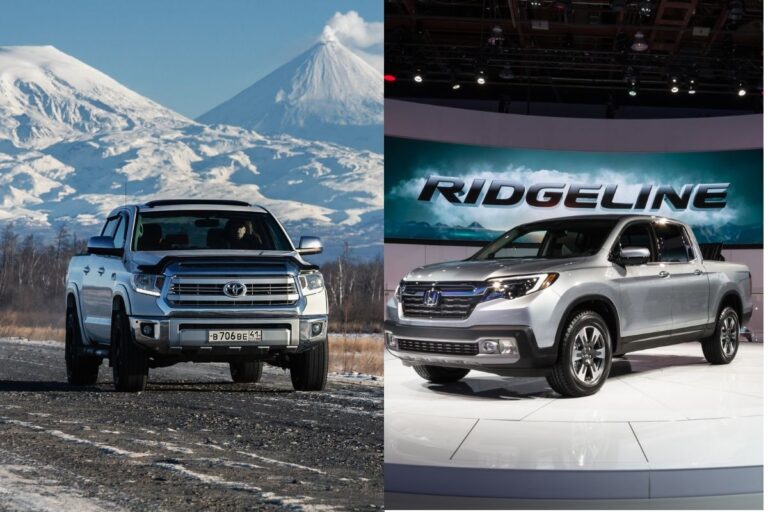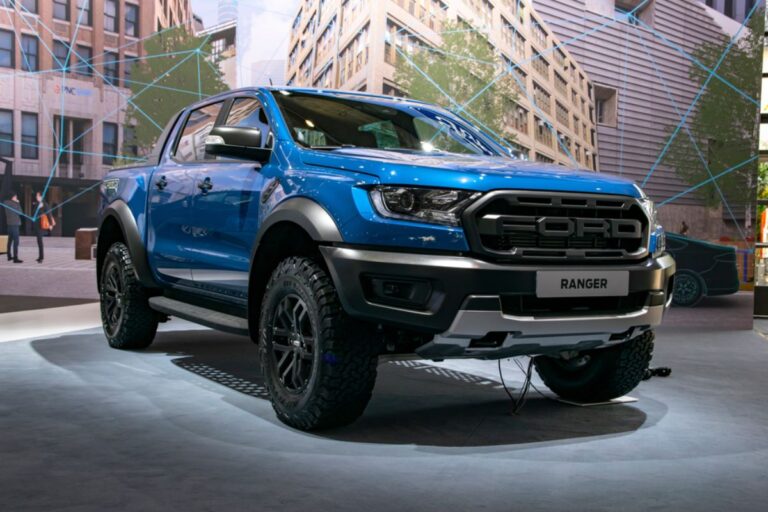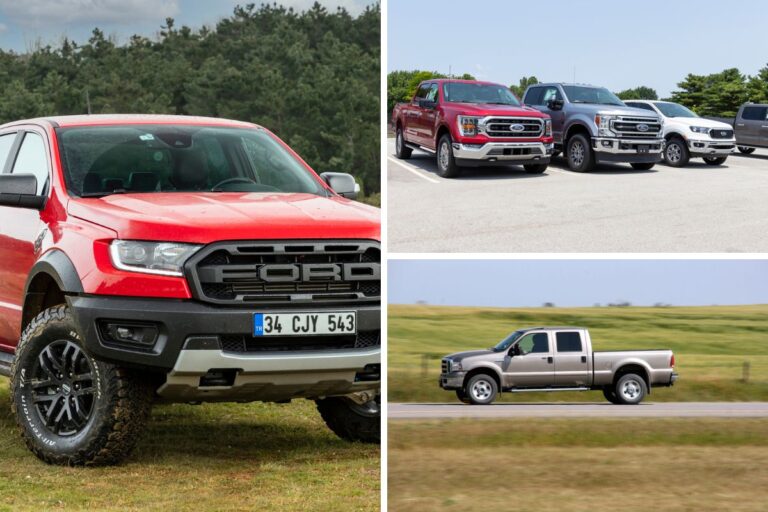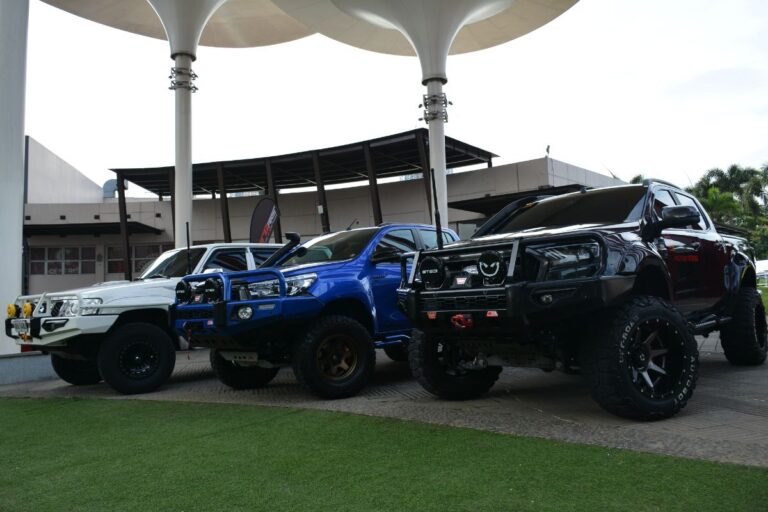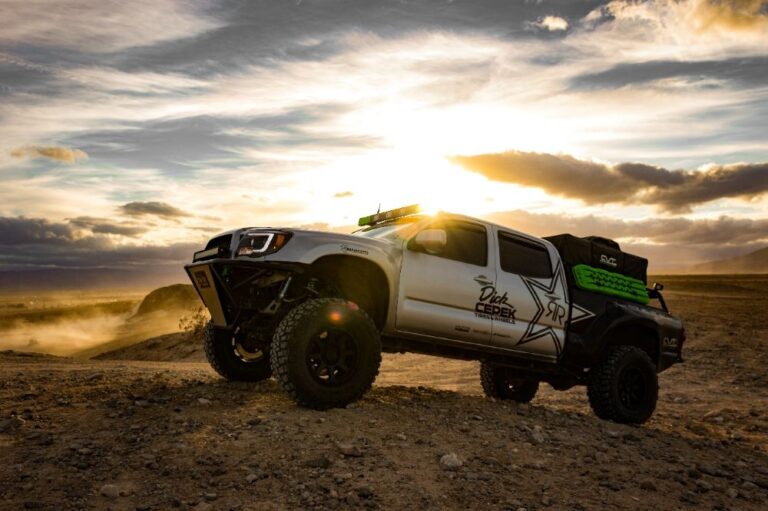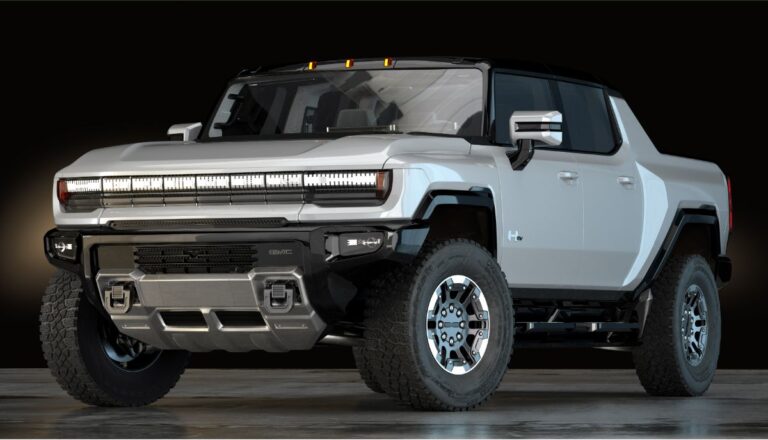
Anyone who has been shopping for a pick-up truck in the past two years has probably noticed the steep increase in prices on these vehicles. That’s led a lot of people to question who is profiting off of these vehicles, and how much are they making?
The profit on an individual truck is hard to pin down, as most manufacturers and dealers prefer not to release their actual sales, labor, and supply figures. Industry analysts have looked at the data that is made public, however, and have reached a few conclusions. Typically profit margins are between 10 and 20 percent, but there is a lot of data and assumptions that go into these numbers.
Car Manufacturer Profit Margin

To start to figure out this problem, let’s look at the profit margins made by vehicle manufacturers. In 2013, the average profit from a new pickup truck was around $10,000 t0 $13,000, per this statement; “In 2013 Automotive News guesstimated that Ford made a profit of roughly $13,000 per pickup. Autoblog had the figure a bit lower, quoting an estimate from industry analyst Dave Sullivan: “The rough guess has been $10,000.
Obviously, that is a little different for a $60k truck vs a regular cab 4×2 work truck, but $10,000 is the ballpark that is used.”
With the average price hovering around $30,000 for a new truck at the time, it’s fairly safe to say that profit margins are usually around 33% of the total purchase price to the dealer.
In 2022, however, that math has changed. According to Reuters, “Large pickups generate at least $17,000 a vehicle in pre-tax profit for GM, the company has indicated in disclosures to investors.” There are several reasons for this sudden sharp increase, however.
To start, the recent pandemic has made it difficult for auto manufacturers to get the components needed to produce the number of vehicles that there is currently demand for. This has meant that manufacturers are being forced to choose where the limited supplies should go. In other words, they are building vehicles that have the highest profit margins.
For many auto manufacturers, the most profitable vehicles they make are luxury pickup trucks. Demand for these vehicles is surging as many consumers throughout the Midwest are eager to spend savings from stimulus checks on a new truck.
For reference, a luxury pickup truck is considered to be any pickup truck with a selling price of over $50,000. The average selling price of a new truck in 2021 was $54,000. That implies that well over half of the pickup trucks being sold are luxury trucks.
Why higher prices?
Even with record-high amounts of profit per truck, however, the overall percentage of profit has dropped to 20 to 25 percent. There are several reasons for this drop:
- Higher prices for raw goods. There has been a lot of coverage of the shortage of computer chips, but there are also supply chain shortages throughout other industries. Auto manufacturers are struggling with sharp price increases for metal, glass, and manufactured components such as hubcaps and door hinges. As prices go up, manufacturers have chosen to pass on the costs to consumers.
- Higher prices for labor. The pandemic caused many experienced workers to retire earlier than expected. At the same time, many workers opted for jobs where they could work from home, and many factories were located in places that faced mandatory government shutdowns. All of those factors combined together to create a big demand for workers in areas where manufacturers were allowed to keep factories open. Wages had to increase in order to attract workers, increasing labor costs.
- Higher transport costs. Transportation costs to move completed vehicles to dealer lots have also increased. In addition to a small increase in fuel prices, there have been steep increases in the labor costs of the truck drivers needed to move vehicles to manufacturer lots.
Altogether, these factors have led to steep increases in a manufacturer’s costs to produce pick-up trucks.
Dealership Profit Margins

Once a truck reaches the dealership, the price is marked up again. Dealership profits on trucks are more difficult to calculate because of the large number of variables that go into determining profit.
According to Kelly Blue Book, however, “When I started in this business in 1972 the difference between invoice and manufacturer’s suggested retail price was about 22 percent. Now it averages about 6 percent” depending on the model, according to a Chevrolet dealer who did not want to be identified.”
The six percent profit margin is increased in many dealerships through the sales of other features and extra services. Financing, extended warranties, and car care packages go a long way towards increasing profit margins. Whether or not these types of add-on features can be included in a calculation of a dealership’s profit on pickup trucks, or if these profits should be counted separately.

